Carbon Technology
311 - optimized flex and possibly the best carbon handlebar in the world
How did we realize the flex behavior on the 311 FL-X?
Single crossed fibers would simply collapse under load.
To realize the desired flex, we have arranged the fibers crosswise and horizontally. In this way, all layers are loaded in tension and can flex in a controlled manner.
Keyfeatures 311 FL-X

This way to the carbon handlebar models:
3OX - optimum strength
Keyfeatures 3OX

This way to the handlebar models:
Carbon dominates the sports equipment market. Carbon has been in hot demand since it was first developed in the 1960s. The carbon fiber reinforced plastics (CFRP) guarantee high strength and rigidity combined with low specific weight.
Advantages of carbon:
- Lightweight and torsionally rigid
- Unlimited ergonomic shapes
- Durable with adjustable variables à stiffness vs. flex
From fiber to product
Carbon is a fiber composite. To reinforce the fibers, which are only 5-8 µm thick, and give them the necessary strength for bicycle components, they are embedded in a plastic matrix.
Carbon fibers are anisotropic. This means that loads in the direction of the fiber are tolerated much better than those across the fiber. Tensile forces in the axial direction in particular are well absorbed. However, these anisotropic properties also allow the fibers to be arranged only in the direction of the forces that occur, thus saving material and weight.
The loads occurring on a handlebar must therefore be analyzed in advance.
Accordingly, the carbon fibers must be aligned so that the forces occurring are ideal for the fibers. For example, unidirectional (UD) fibers are located on the underside of the 311 FL-X and 3OX carbon handlebars. The fibers lie here parallel, without cross connection next to each other.
This increases their load capacity, compared to carbon fibers that are connected to each other in fabrics. Tensile and bending loads (which always include a tensile component) are therefore well absorbed by the material. Stress conditions, on the other hand, are less optimal. Since these occur in the clamping area of the handlebar, the handlebars are additionally reinforced in these areas. Clamping forces are clearly defined and must not be exceeded. It is therefore essential to observe the maximum permissible tightening torques and only clamp in the designated and marked area.
The carbon fiber in detail
Which fibers do we use at SQlab?
We use only the highest quality fibers with high tensile strength. Depending on the product, these are T700, T800 or T1000 fibers. T stands for "tensile strength", the number indicates the approximate tensile modulus in kgf/mm² or Psi. For example, T700 has a tensile strength of 711 Psi.
Manufacturing
For technical applications, the advantages of the individual carbon fibers must be achieved over a large area. Therefore, the individual fibers are combined in so-called rovings (strand, bundle) and connected by the matrix. In the next step, the rovings can be combined in fabrics or scrims and then fixed by an adhesive (binder). This enables multidirectional absorption of forces.
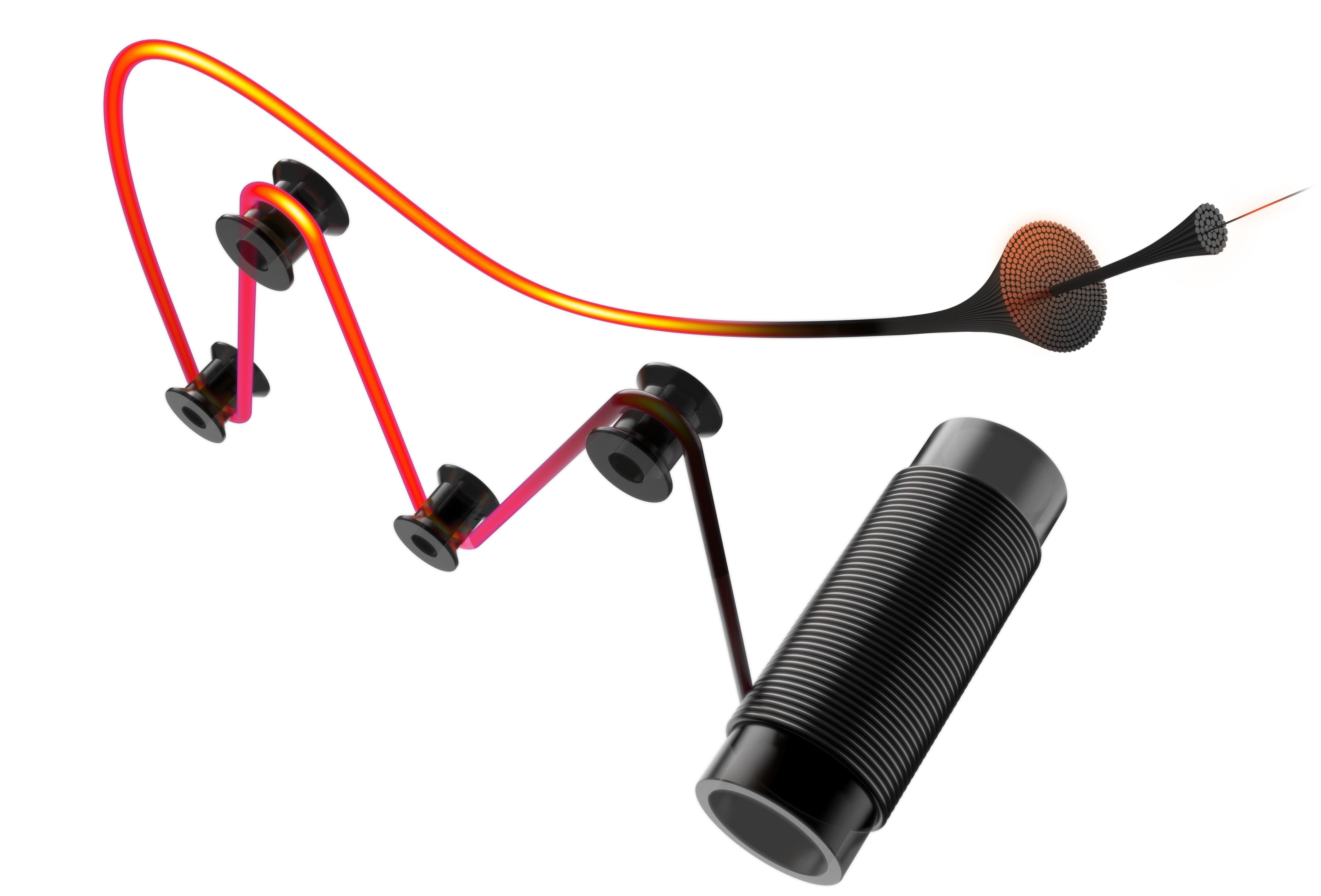
Matrix
Carbon is useless without being incorporated into a plastic matrix.
The matrix protects the carbon fibers from environmental influences, but above all from displacement. Epoxy or polyester resin is used for this purpose, in which the carbon fibers are embedded. In case of material failure, the matrix always breaks before the carbon fibers. Most often, carbon parts fail when the pressure load is too high and the matrix breaks.
Laying
In most carbon manufacturing processes, prepreg mats are layered into a mold. Once the desired layup, i.e. the correct number of prepreg layers, is placed in the mold in the correct orientation, it is cured under pressure, heat and warmth. Since the matrix cures at room temperature, it is essential that prepregs are stored refrigerated.
Fabrics and lay-up
In fabric prepregs, the carbon fibers are woven, usually at right angles to each other. There are various weaves with different properties. There are some other special forms. The disadvantage of woven fabrics is that the fibers weaken due to constant crossing. To ensure that the prepreg mats meet our high quality standards, we manufacture them ourselves for our carbon handlebars.
Who is behind the development of our carbon technology?
Expert presentation Michael Fischer - Miro Composite Consultants
27 years ago, Michael Fischer began his professional involvement with the development of metal-metal composites (MMC). In 2001, he took over project management and process development in motorsport and special vehicle construction at Zato GmbH (now First COMPOSITES GmbH).
2009-2011 he was responsible for development of fiber composites at the well-known wheel accessory manufacturer Syntace GmbH. 2 years as FEM calculation engineer composite at UBC for Toyota F1 followed.
2003 - 2009 he took over the project management at Dräxlmaier Systemtechnik GmbH.
2011 - 2017 followed the team management as specialist fiber composite at BMW Group.
Since 2017, Michael Fischer has been self-employed and offers consulting in the field of lightweight construction and fiber composite technology.
Zedler End of Life Test
Our carbon handlebars are subjected to the toughest test criteria. So they have passed the Zedler End of Life Test with flying colors.
"All test bench standards were completed directly one after the other with only one handlebar for all tests. In the last test stage, the so-called "Zedler End of Life", which simulates a complete life cycle of a handlebar under real load, the test machine was switched off after 500,000 load cycles, as even here no signs of fatigue or material damage were visible on the handlebar." - BIKE 04/2019
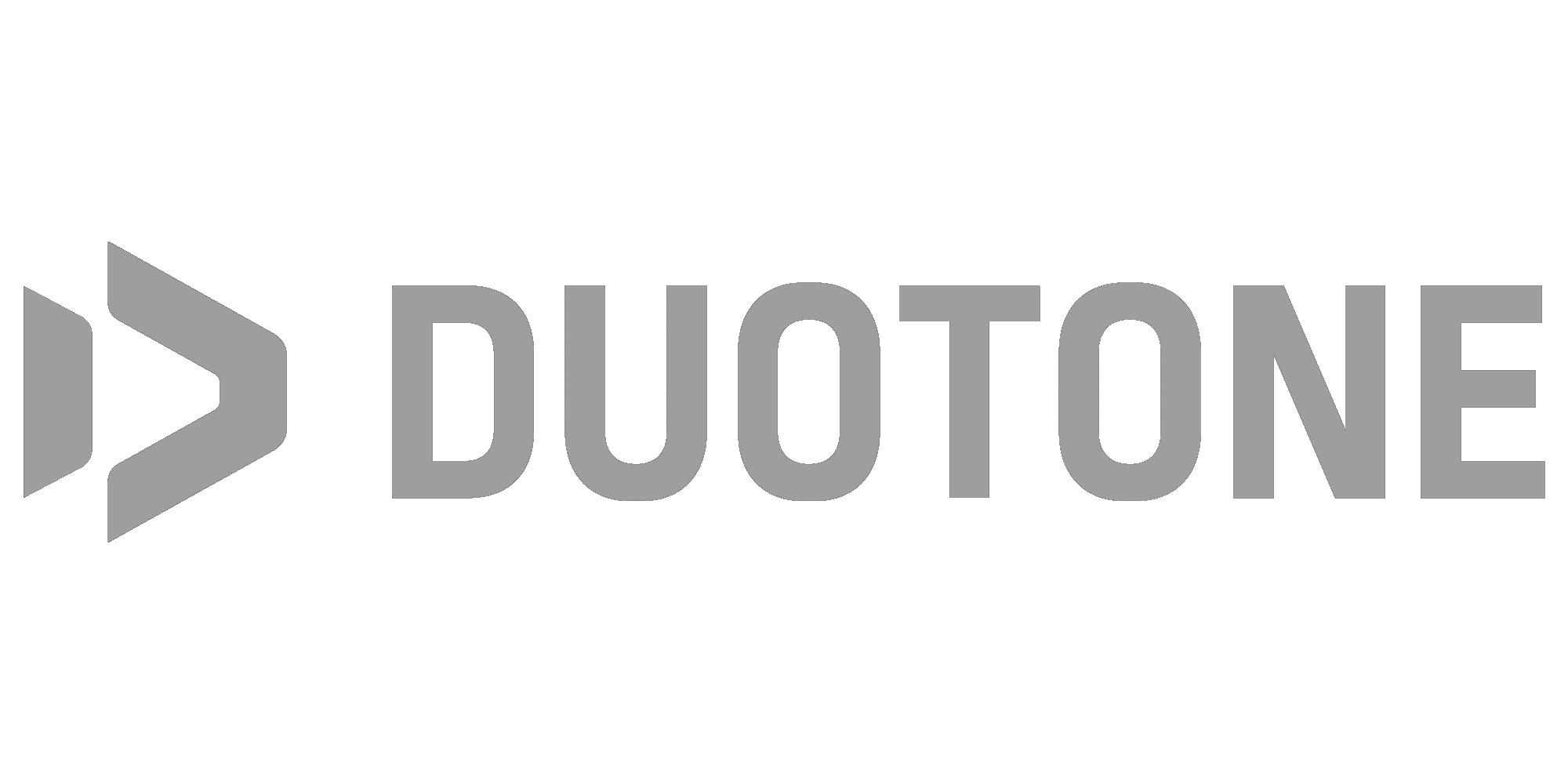
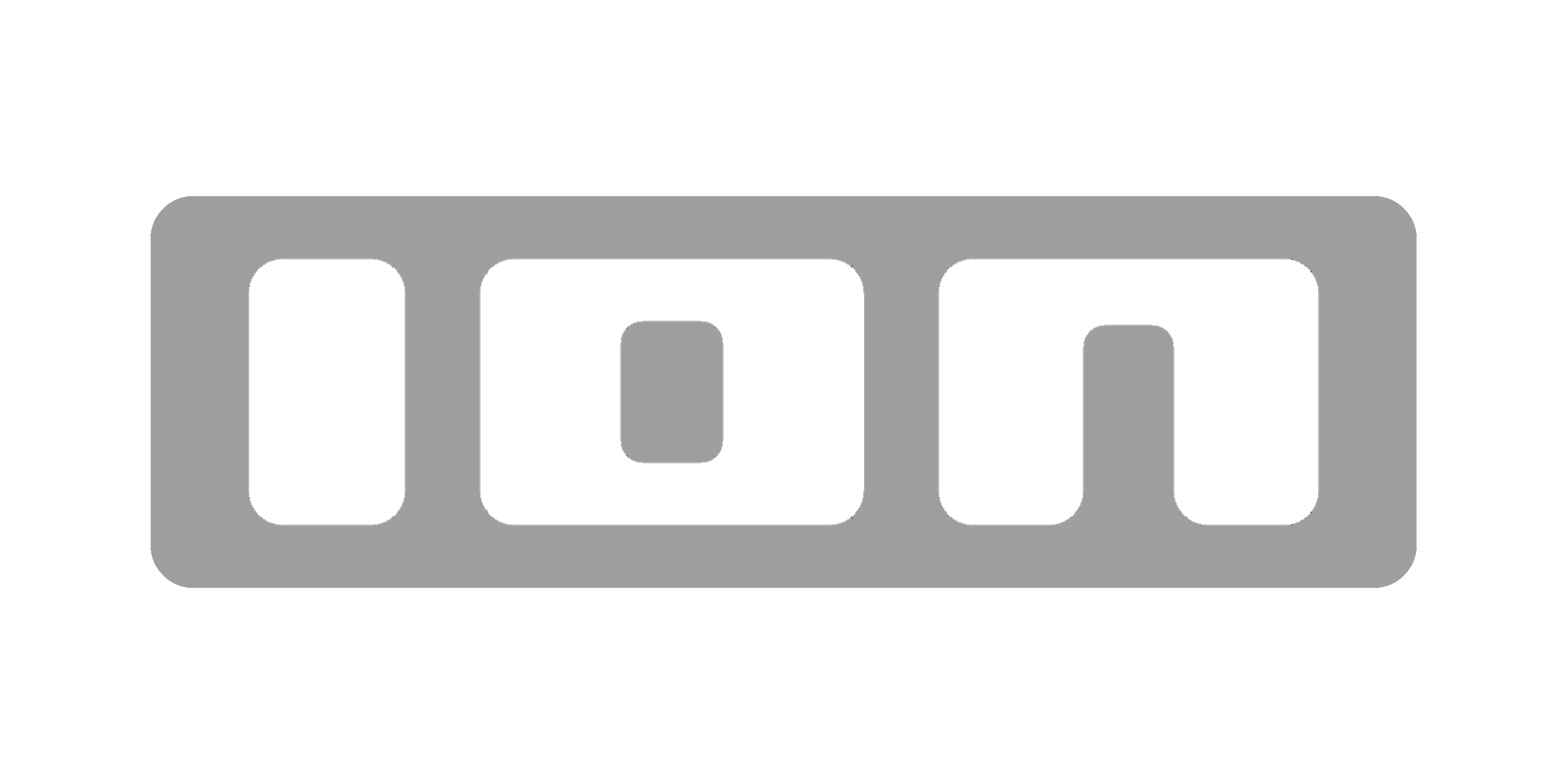
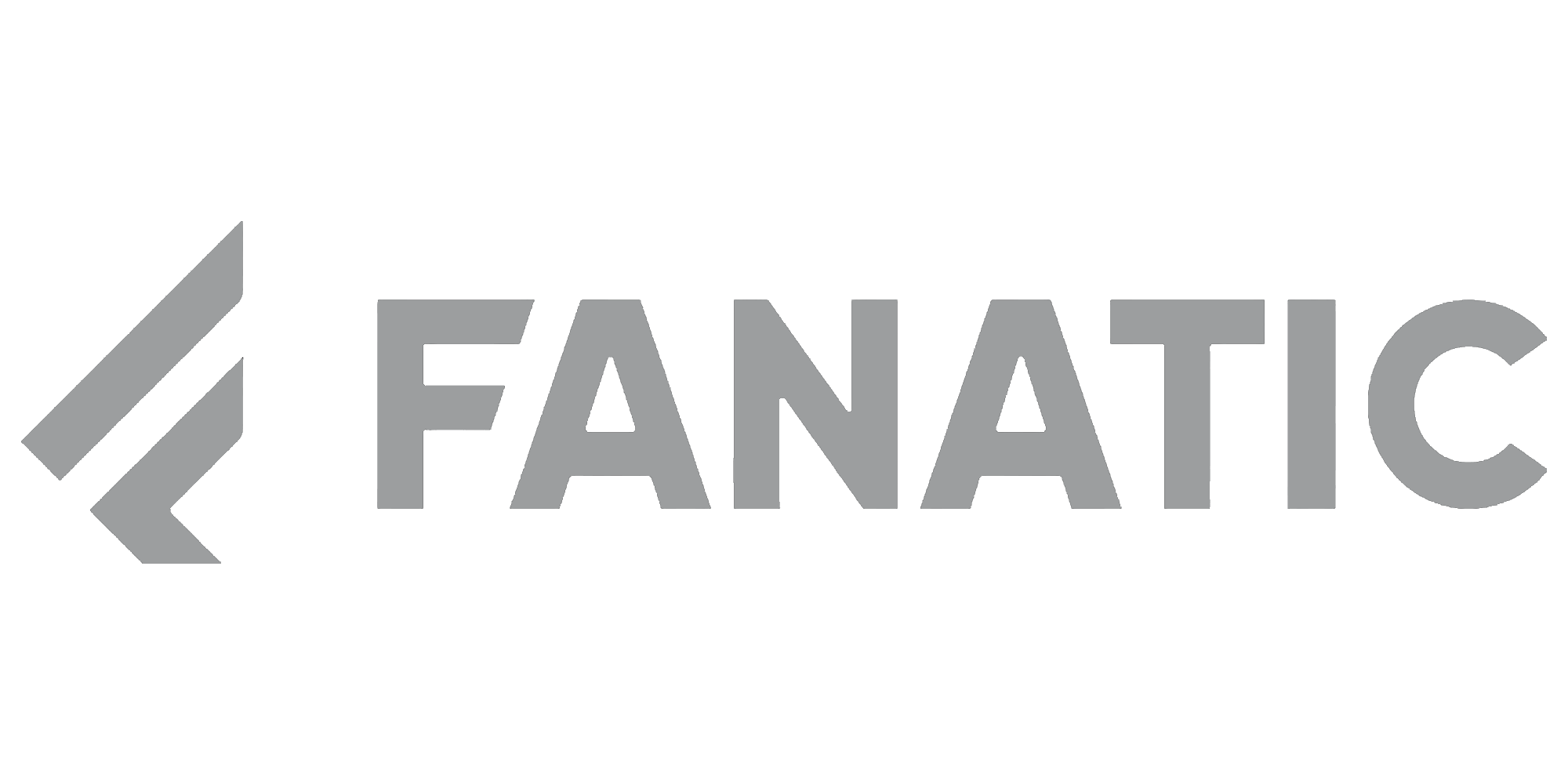


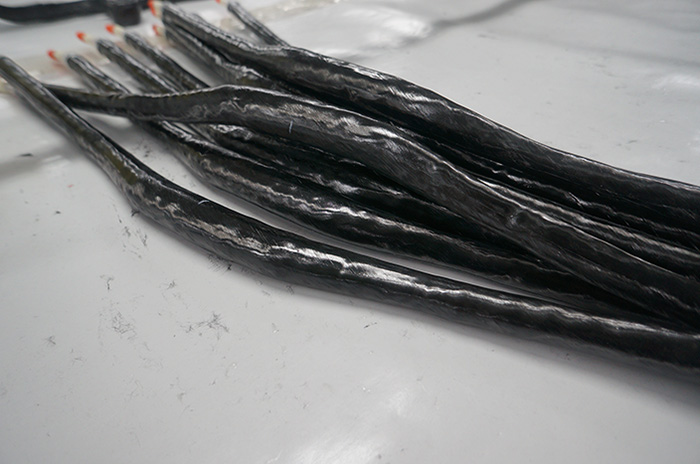
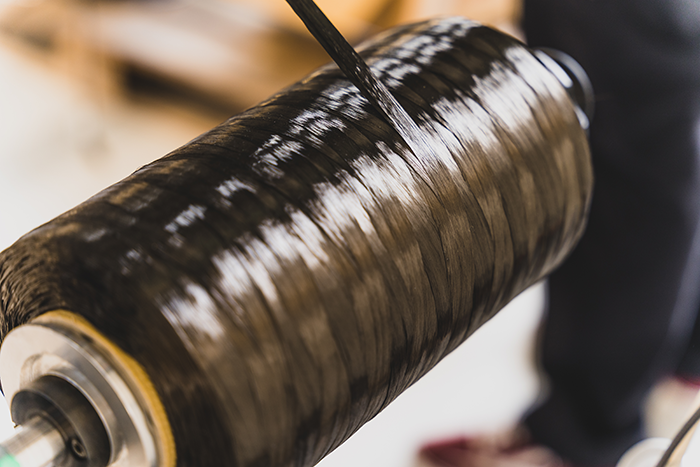
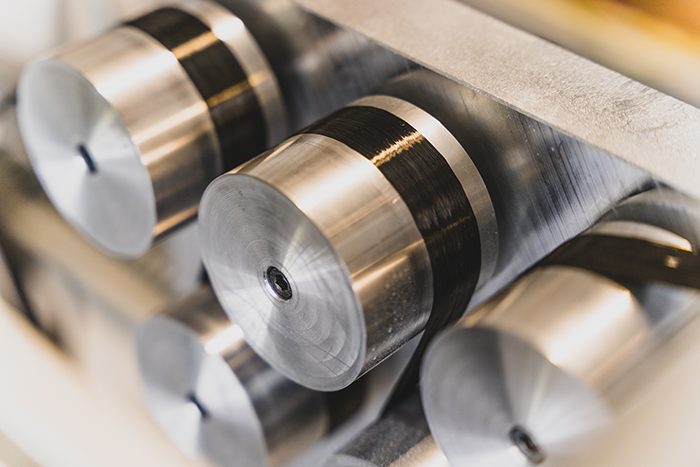
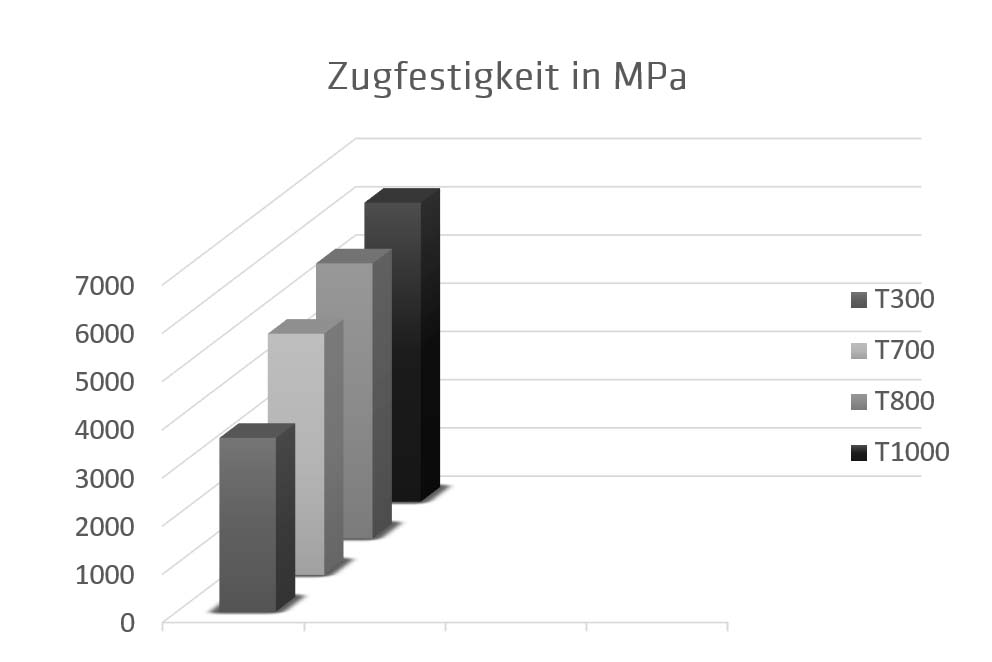
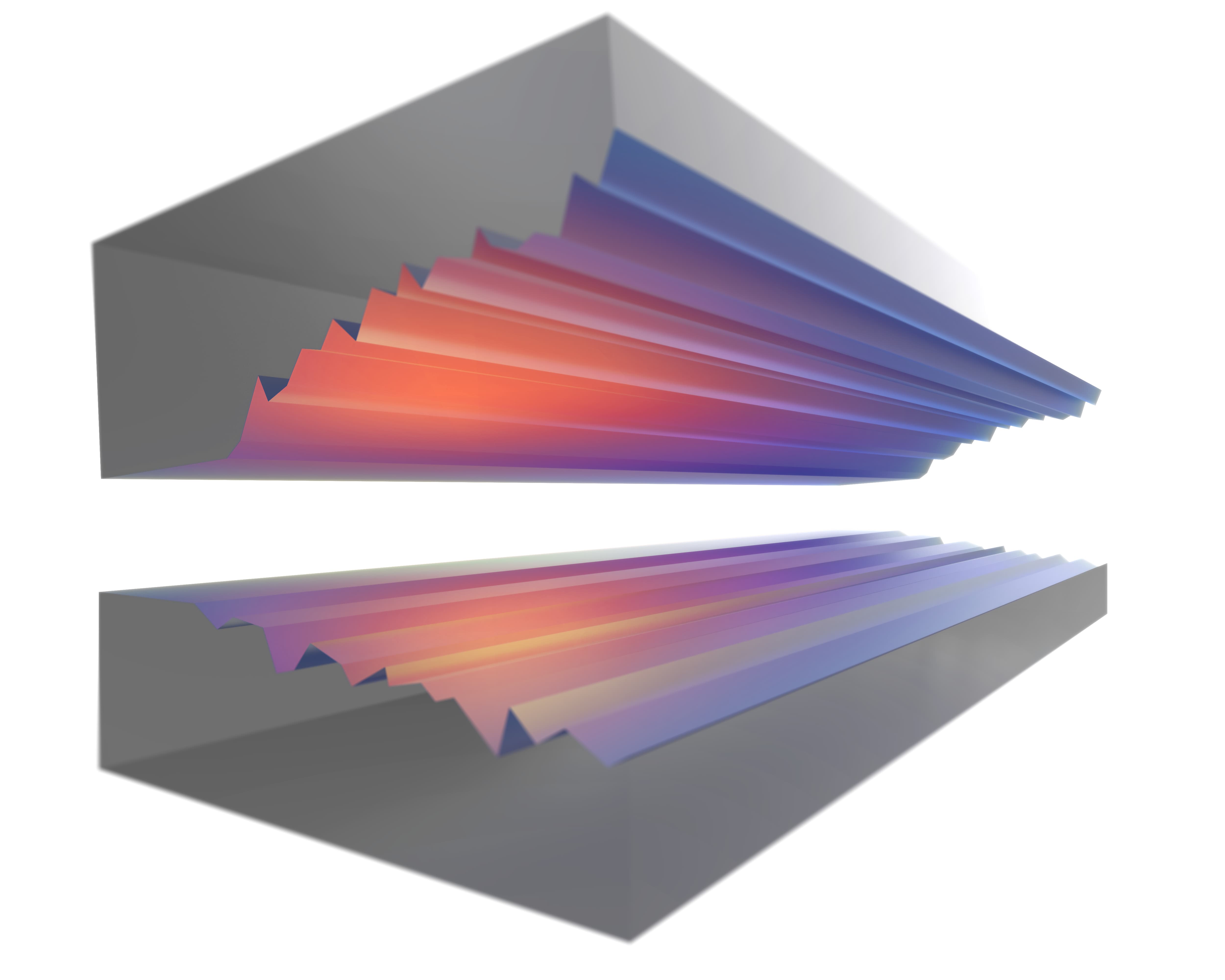
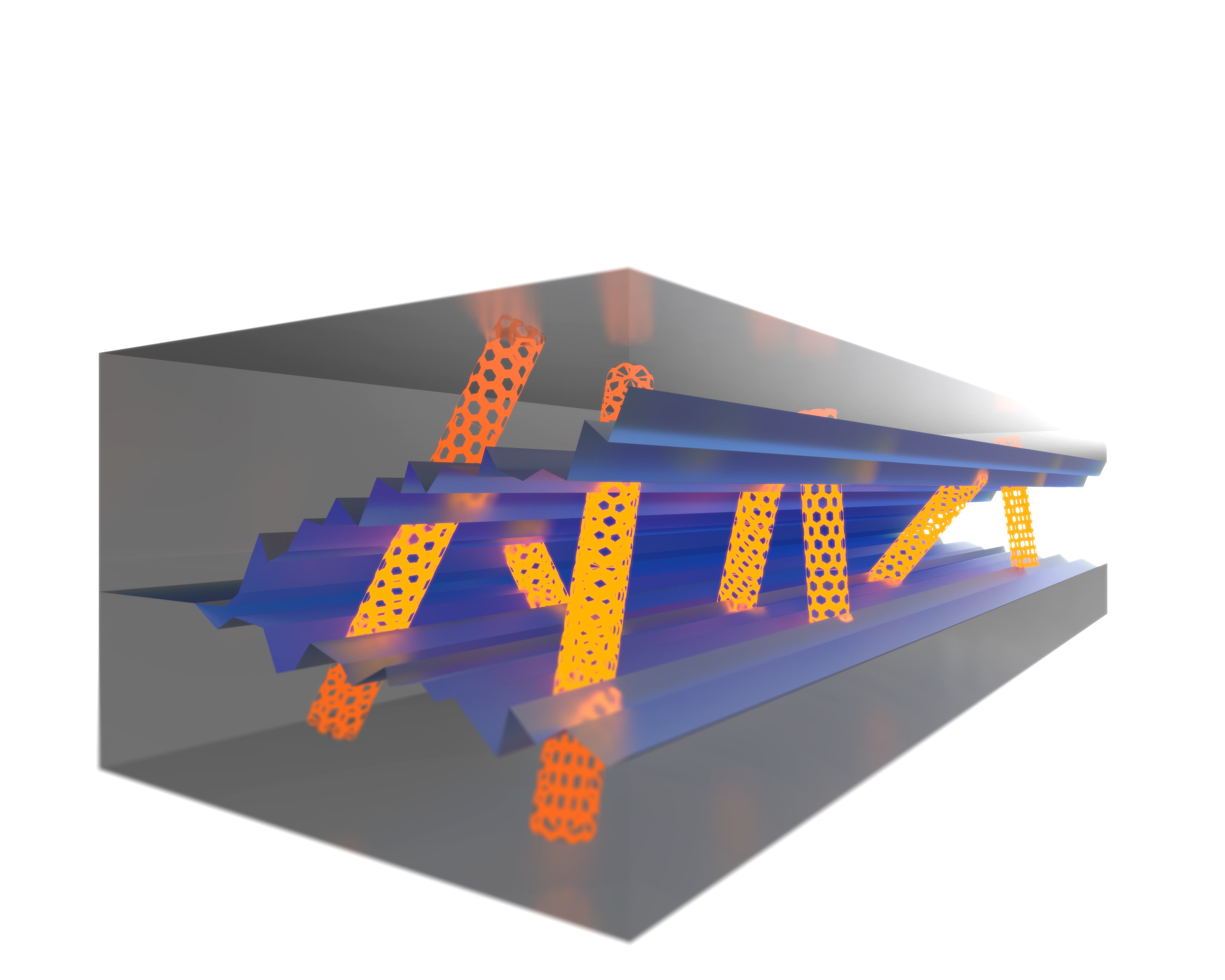
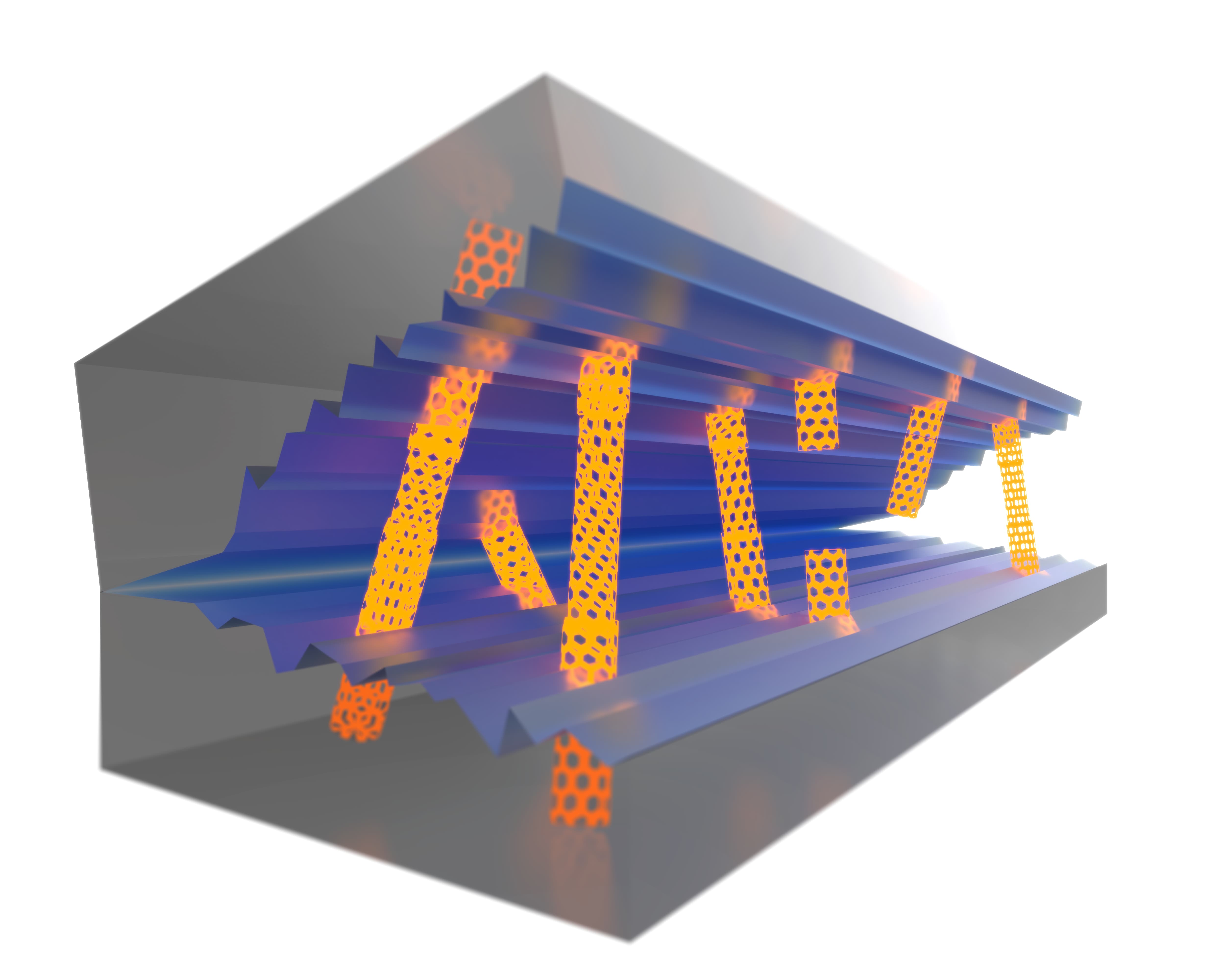
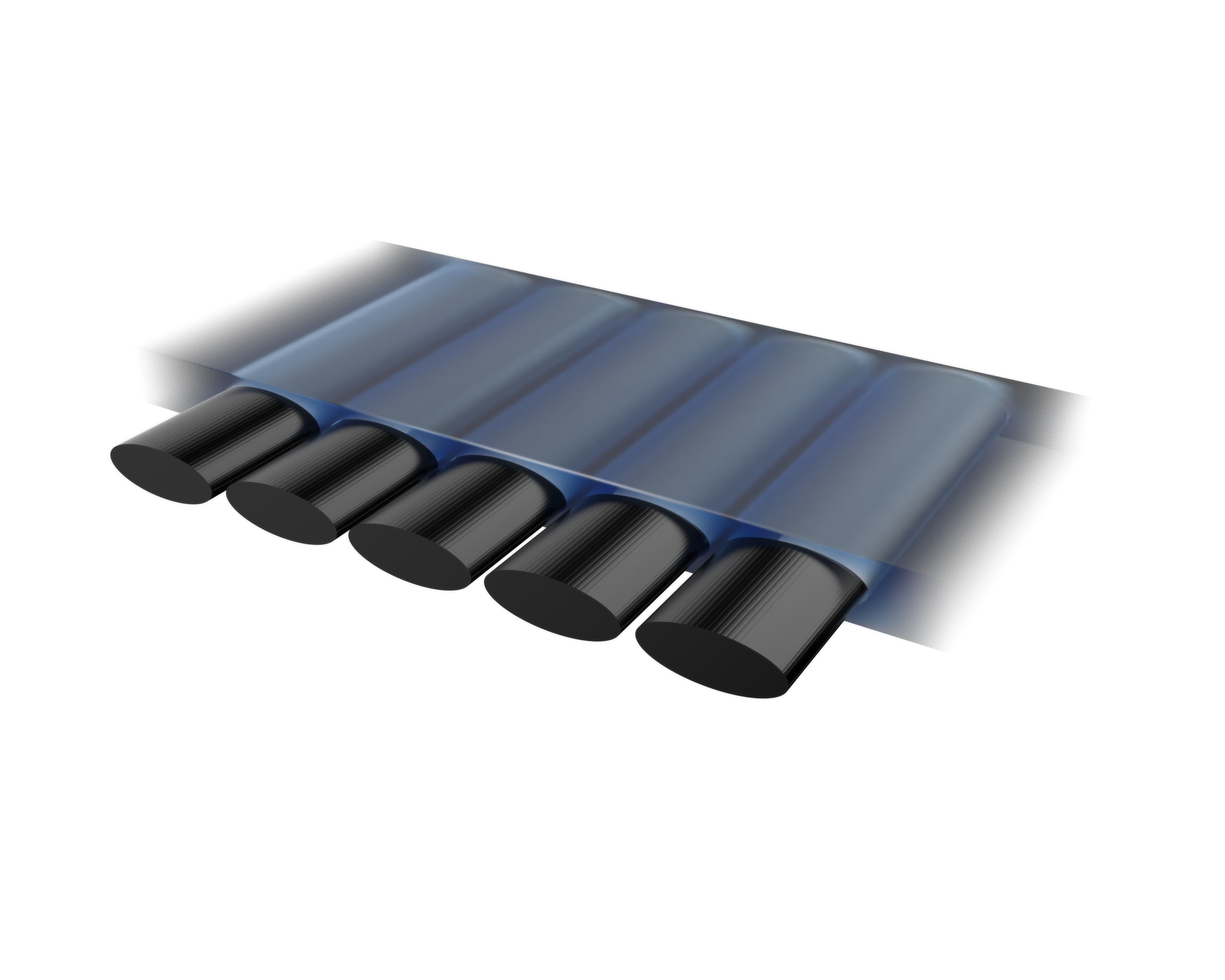
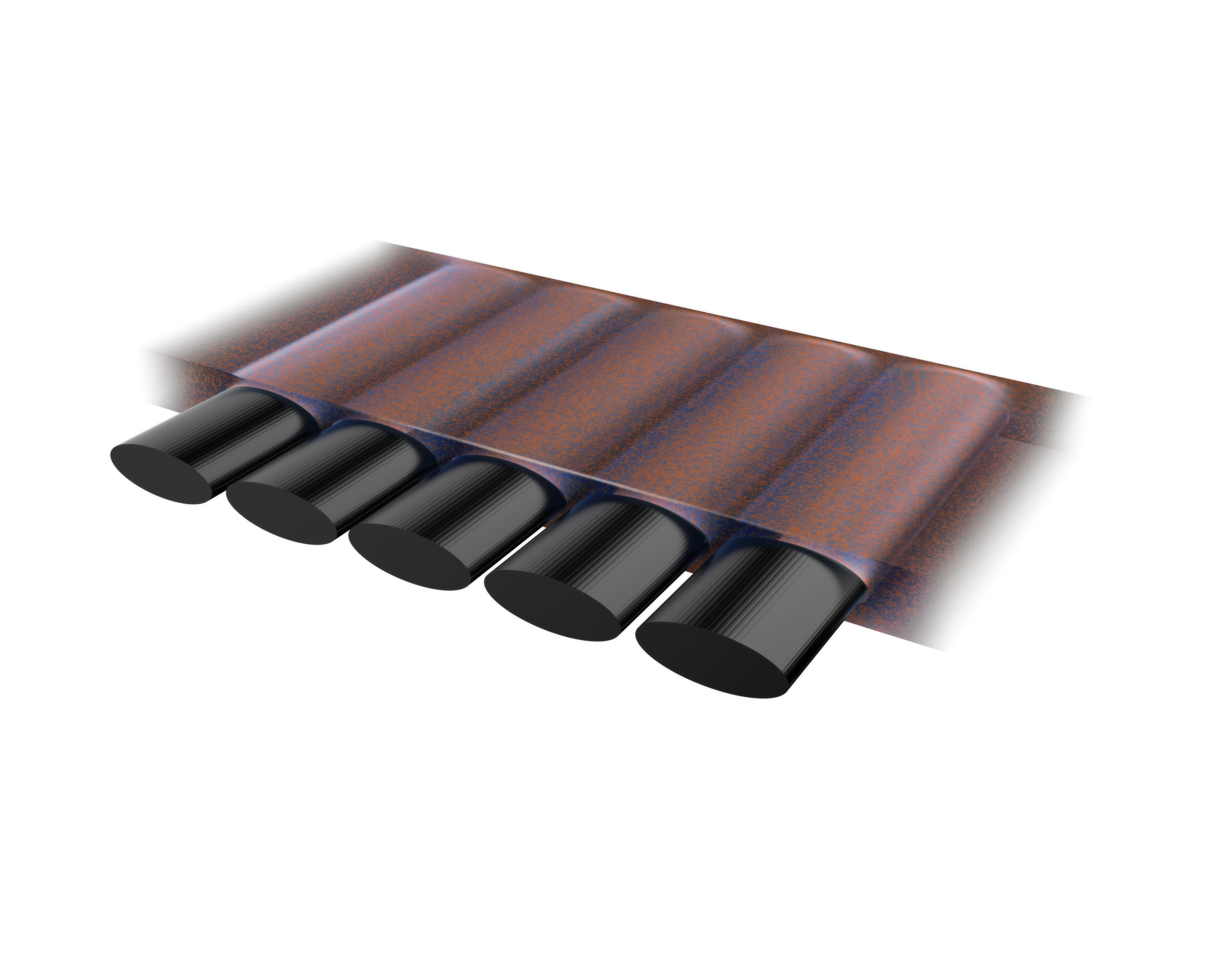

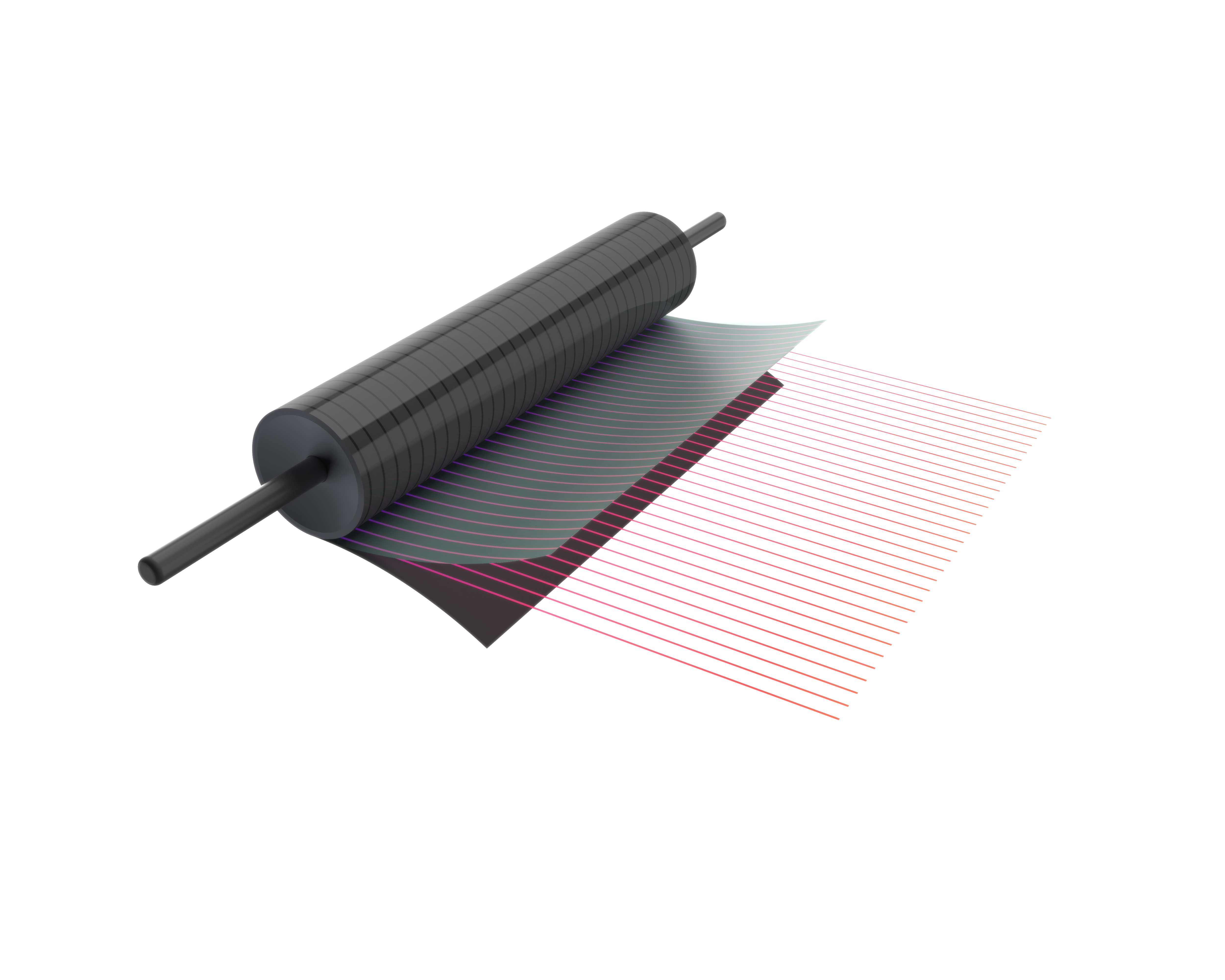
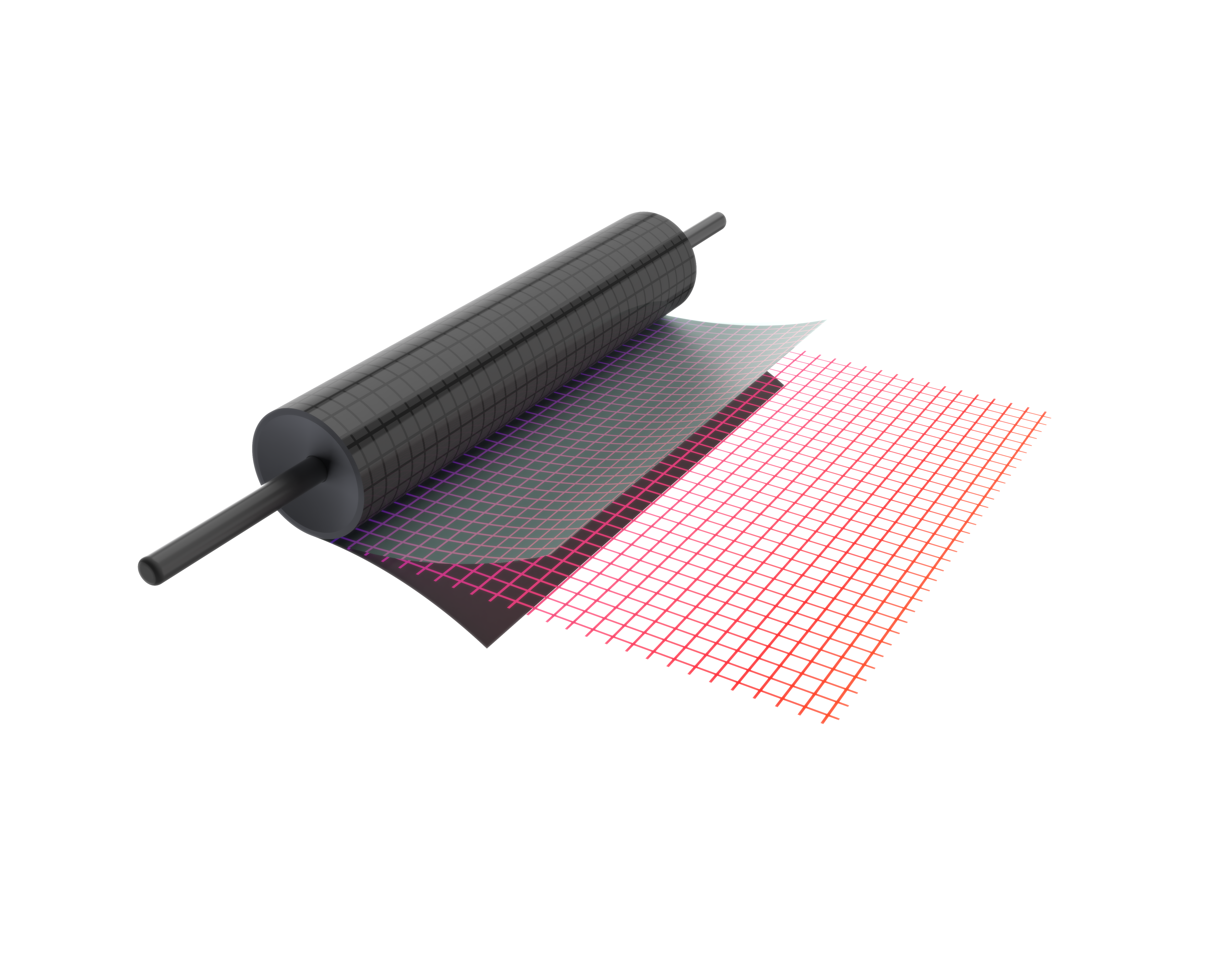
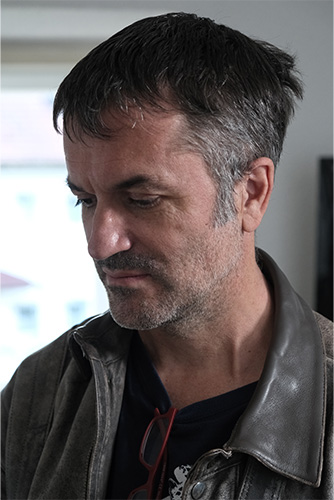
.contact)